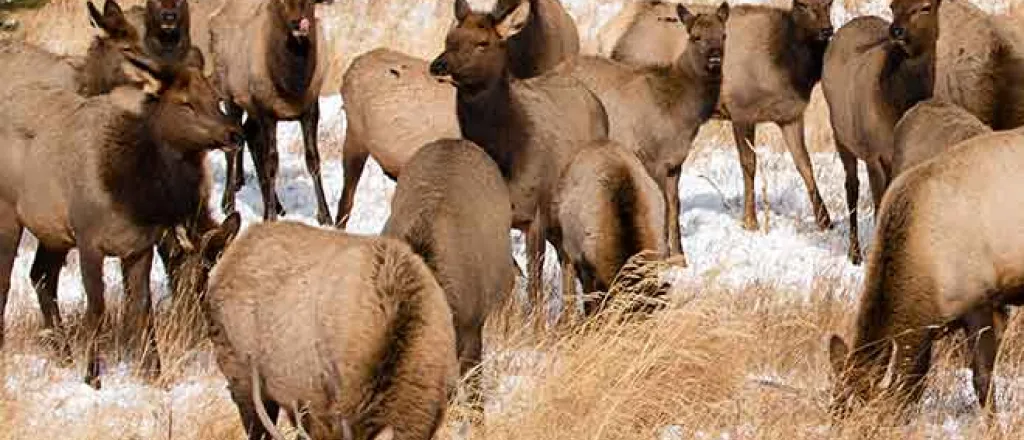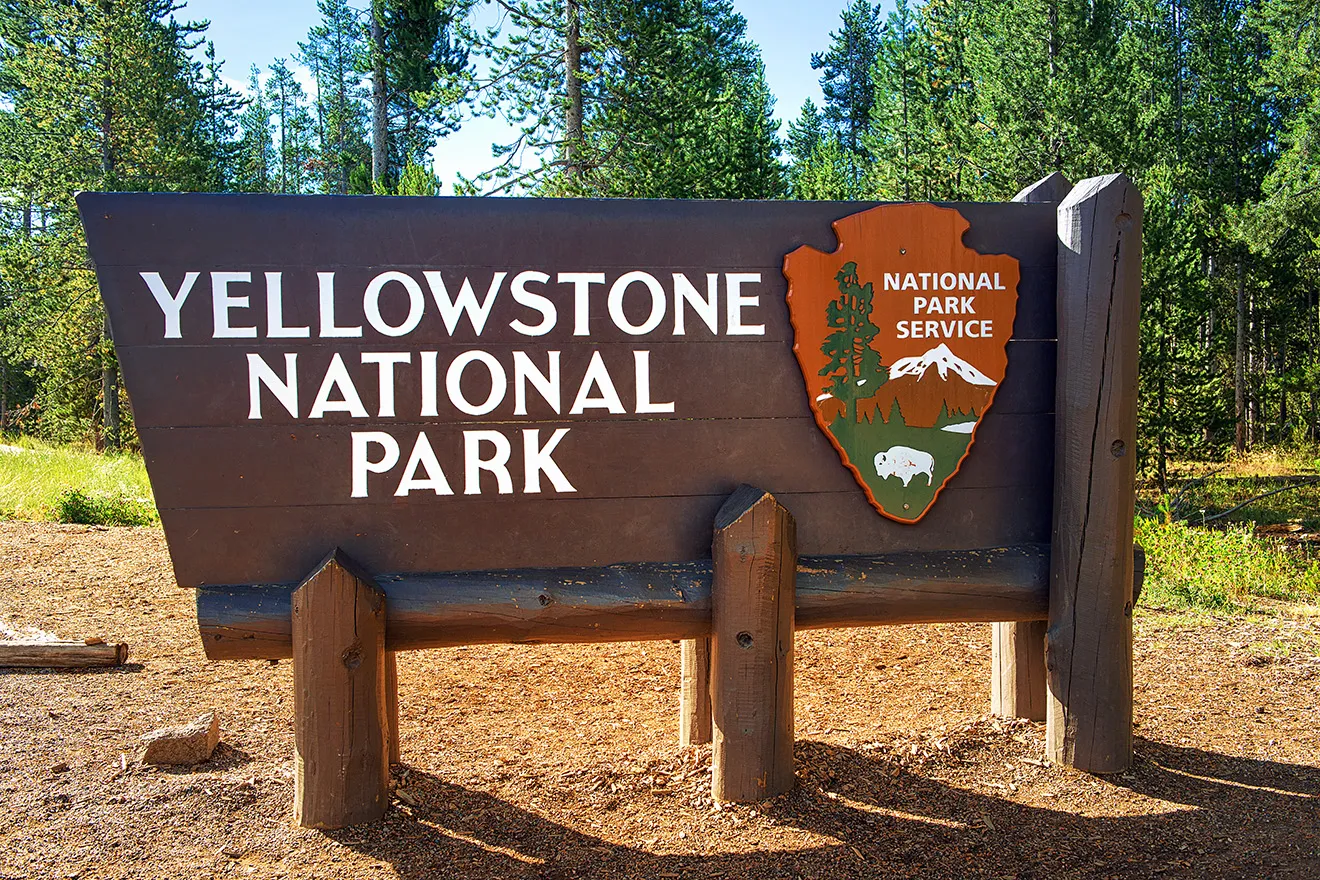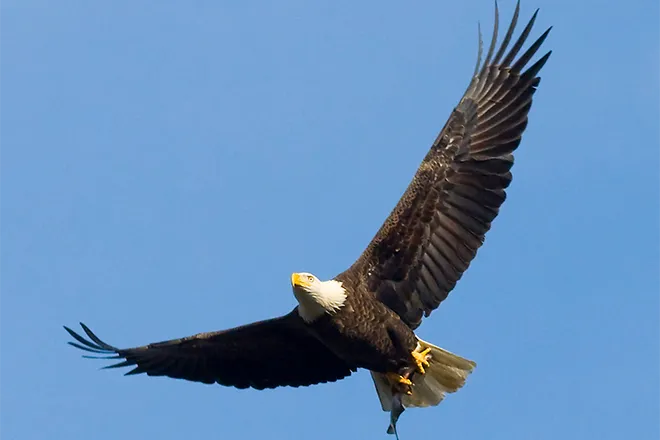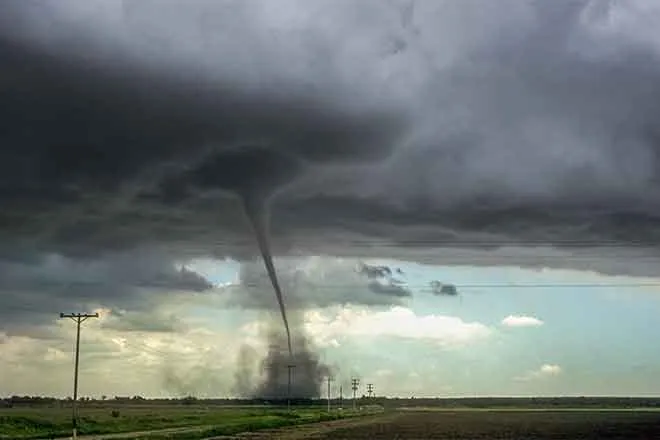
USGS seeks more funding for big-game migration mapping
(New Mexico News Connection) A four-year project to map big-game routes throughout the West will end without additional funds from Congress - at least for now.
Since 2018, the United States Geological Survey has mapped wildlife migration corridors using radio collaring of big-game species, such as mule deer, pronghorn, and moose. Glenn Harper, a range and wildlife division manager at the New Mexico Department of Natural Resources, said the maps help experts understand patterns of specific herds, which allows proactive management.
"If you know that there's a corridor in an area that you can mitigate your actions to protect, then you're way ahead of the curve," he said, "instead of coming back later and being like, 'Oh my, we did something wrong here.'"
The USGS previously received up to $5 million in annual congressional appropriations to develop the maps - but the Biden Administration zeroed out funding for next year's budget. Advocates of the mapping efforts are asking Congress to reverse that decision.
Harper, who works at the Santa Ana Pueblo on the Tamaya Indian Reservation, says the value of wildlife to tribes has been demonstrated for centuries through their ceremonies and spirituality.
"It's really important to tribes to understand where corridors exist across their landscape," he said, "because losing connectedness or migration paths for animals to move through is basically like losing your culture."
Santa Ana Pueblo also is a key migratory habitat for mule deer, and highways make their journey dangerous. Matt Kaufmann, a USGS wildlife biologist, said roadways, fences and development are just some of the obstacles migrating species face as they travel across lands with many different owners.
"Some of those lands are public lands - BLM lands, Forest Service lands, Park Service lands. Others are private lands," he said. "Sometimes they're moving on and off of Indian reservations. And without a map, it's really difficult to proactively manage and conserve these migrations."
Support for this reporting was provided by The Pew Charitable Trusts.















